This picture shows what the Venus transit in 2004 may look like. The big black dot near the bottom is Venus. The yellow arrows show how Venus will move during the transit.
This illustration is original Windows to the Universe artwork created by Randy Russell. The image of the Sun is courtesy SOHO (ESA & NASA); information on the apparent size and path of Venus courtesy Fred Espenak, NASA's GSFC.
Venus Transit in June 2004
News story originally written on June 2, 2004
Astronomers are excited about a rare event that will happen in early
June 2004. There will be a transit of the
planet Venus on June 8, 2004. "Transit" is
a word used by astronomers when a planet moves between Earth and the
Sun. A transit is a bit like an eclipse
of the Sun, when the Moon moves between
Earth and the Sun.
This Venus transit will be the first one anyone alive today has seen. The
last transit of Venus was in 1882! There
will be another Venus transit in 2012.
This NASA
web site has lots of great info about the transit. Remember, it
is never safe to look directly at the Sun!
You might also be interested in:
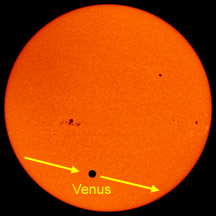
Sometimes the planet Venus gets between Earth and the Sun. Astronomers call that a "transit" of Venus. A transit is a little bit like an eclipse of the Sun, when the Moon gets between Earth and the Sun.
...more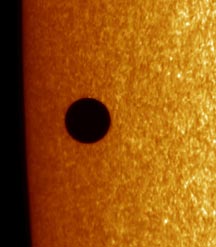
A "transit" is the name of a type of astronomical event. A transit is like a solar eclipse, when the moon blocks out the Sun. During a transit a planet, not the Moon, moves between Earth and the Sun. There
...more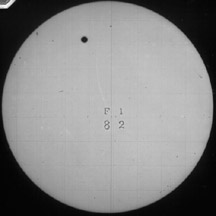
Sometimes Venus passes between Earth and the Sun. This event is called a transit of Venus. Transits of Venus don't happen very often. There is a pattern in the time between transits of Venus. The pattern
...more
The planet Mercury will cross in front of the Sun on Wednesday, November 8, 2006. Astronomers call the event a transit. A transit is like a solar eclipse. However, a transit occurs when a planet, instead
...more
Astronomers are excited about a rare event that will happen in early June 2004. There will be a transit of the planet Venus on June 8, 2004. "Transit" is a word used by astronomers when a planet moves
...more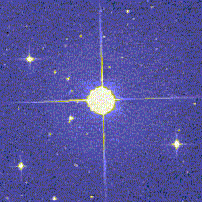
Astronomers have identified another exoplanet, that is, a planet outside our solar system. This makes a total of 102 exoplanets that have so far been found by astronomers! The astronomers that identified
...more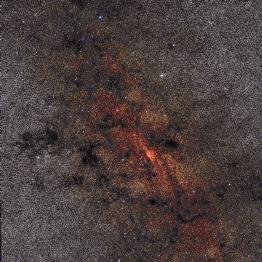
Thanks to a couple of telescopes, everyone on the internet can browse through almost 2 million images. Stars throughout the sky were photographed by the Two-Micron All Sky Survey (2MASS) and are now available
...more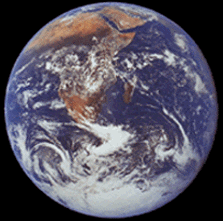
Earth may look perfectly spherical from space, like a giant marble, but it actually isn't! Instead, our planet is wider around the equator because matter is forced out as Earth spins (just as you feel
...more












